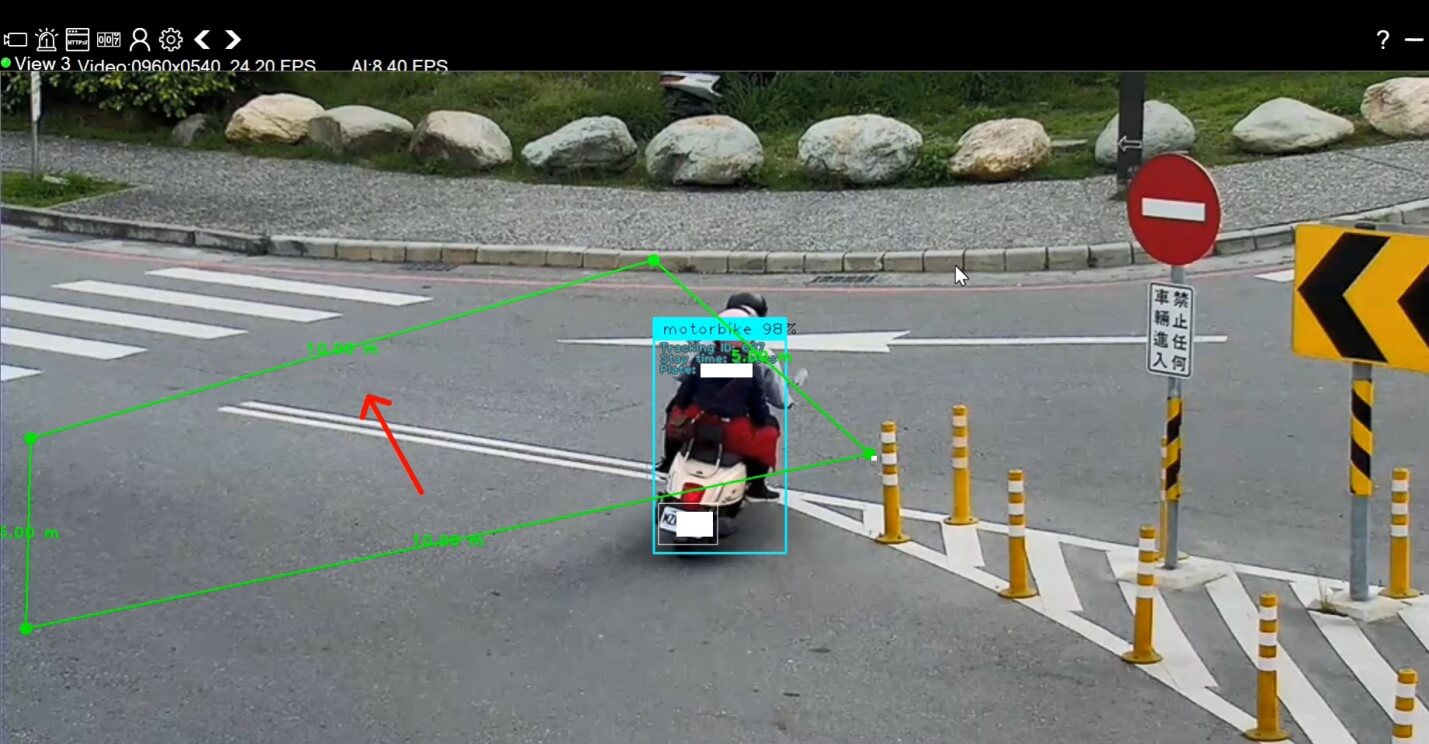More and more, municipal officials are turning to technology to tackle transportation issues. In this regard, AI combined with video surveillance can play a critical role.
Today, cities are faced with a range of transportation issues, from accidents to congestion to traffic violations. More and more, municipal officials are turning to technology to tackle these issues. In this regard, AI combined with video surveillance can play a critical role.
With more people living in cities, transportation issues inevitably arise. Common transportation problems include congestion, which may be due to weather, accidents, road work, or simply a lack of proper traffic management and control – for example, a red light that remains too long even as traffic begins to emerge will likely lead to congestion.
Another source of headaches for city officials is traffic violations. This can be in the form of vehicles parking illegally, making illegal left or right turns, speeding and running red lights. Without proper enforcement, these violations can lead to danger for drivers and pedestrians alike.
 Steve Hu, CIO, LILIN
Steve Hu, CIO, LILIN
How AI makes transportation smarter
Increasingly, for smart transportation purposes, end-users are turning to video surveillance combined with AI, which provides a more viable and cost-effective solution than conventional ground sensors or inductive loops. Serving as the eyes and brain of the road network, cameras and AI can help end-users achieve the following traffic management and law enforcement objectives:
Congestion relief: AI can detect high traffic flow at certain junctions and alert authorities accordingly. Using
LILIN’s AI, AIDA, as an example, Steve Hu, CIO of LILIN, said: “Congestion relief can be done by AIDA’s queuing detection for up to four lanes. Once the traffic lanes get queued up, this data can be received by LILIN Navigator Control Center. The traffic lights control can be guided by the statistics for relieving traffic congestion.”
 AIDA can accurately monitor traffic flow even when
AIDA can accurately monitor traffic flow even when
the field of view is wide. Source: LILIN
Traffic flow monitoring: The end-user needs to base traffic control decisions on detailed reports – for example, the number and types of vehicles passing through a four-way intersection. AIDA can deliver these types of information and recognize vehicle types such as motorbikes, cars, buses, trains, trucks, containers, vans, SUVs and people, Hu said.
Speed monitoring: Based on LILIN’s social distancing algorithm developed for the pandemic, AIDA’s speed detection can calculate the estimated speed of vehicles in a particular road section. “With this information, authorities can deploy the necessary tools, for example setting speed detection cameras in areas where speeding is serious,” Hu said.
 AIDA can instantly detect illegal parking and issue alerts.
AIDA can instantly detect illegal parking and issue alerts.
Source: LILIN
Illegal parking detection: LILIN’s AIDA can detect vehicles illegally parked at certain places (for example red curbs or a car parked at a bus stop). Once an illegal parking event gets detected, a snapshot and video can be taken for law enforcement.
Illegal entry into roadway detection: Certain roads or highways are off-limits to trucks or motorcycles. AIDA can recognize vehicle types and detect vehicles that are not supposed to be on the road.
Running red light detection: AIDA can detect red lights and determine if a vehicle runs over a tripwire at the red light. Once this is detected, snapshots and videos are taken.
 AIDA can capture vehicles making illegal left/right turns.
AIDA can capture vehicles making illegal left/right turns.
Source: LILIN
Illegal turn detection: AIDA detects vehicles that aren’t supposed to make left/right turns at certain intersections. Once an Illegal turn event is detected, a snapshot can be taken for law enforcement.
The above solutions can be found in different projects in the world, including actual deployment in Kaohsiung, pre-installation in Italy and as proof-of-concept in California, Hu said, adding beyond traffic management and law enforcement, AIDA also has the following applications: parking lot access control, ANPR-based license plate registration fee collection and ANPR-based searches for missing children.
According to Hu, LILIN’s AIDA stands out in the following ways. First, AIDA can work accurately even with a wide field of view. This then saves time and cost for the end-user who can set up just one pole and one camera at an intersection. Further, AIDA is LILIN’s own development, from AI training to inferencing and from edge AI to system. “This is quite unique than the products in the market. The key is that LILIN is able to provide AI dataset training and system integration to meet customers’ expectations,” Hu said.